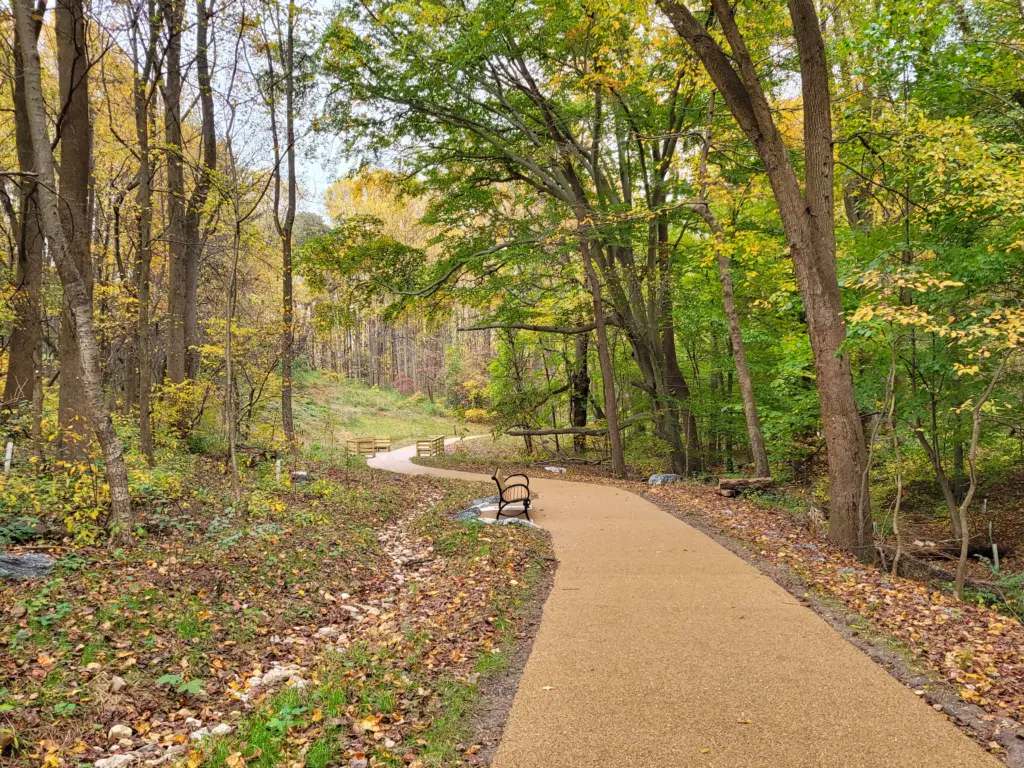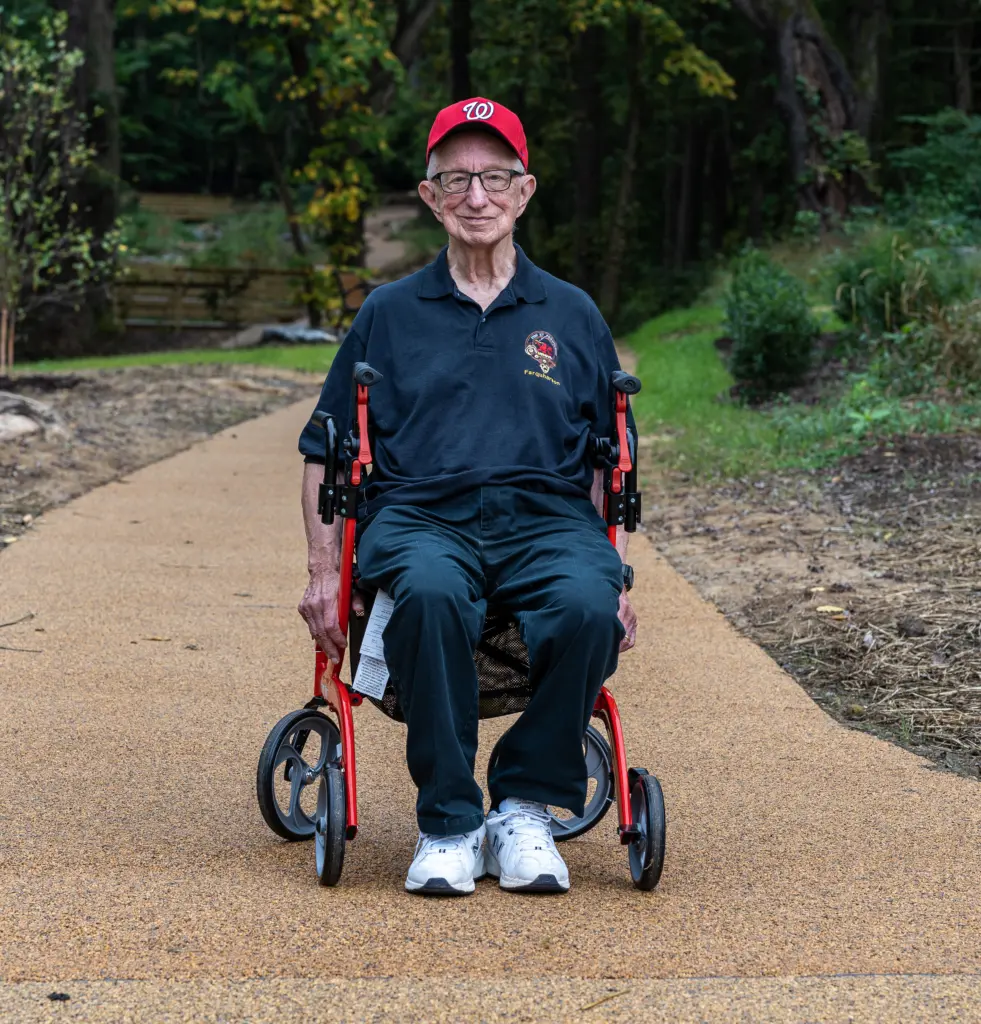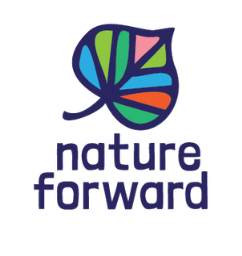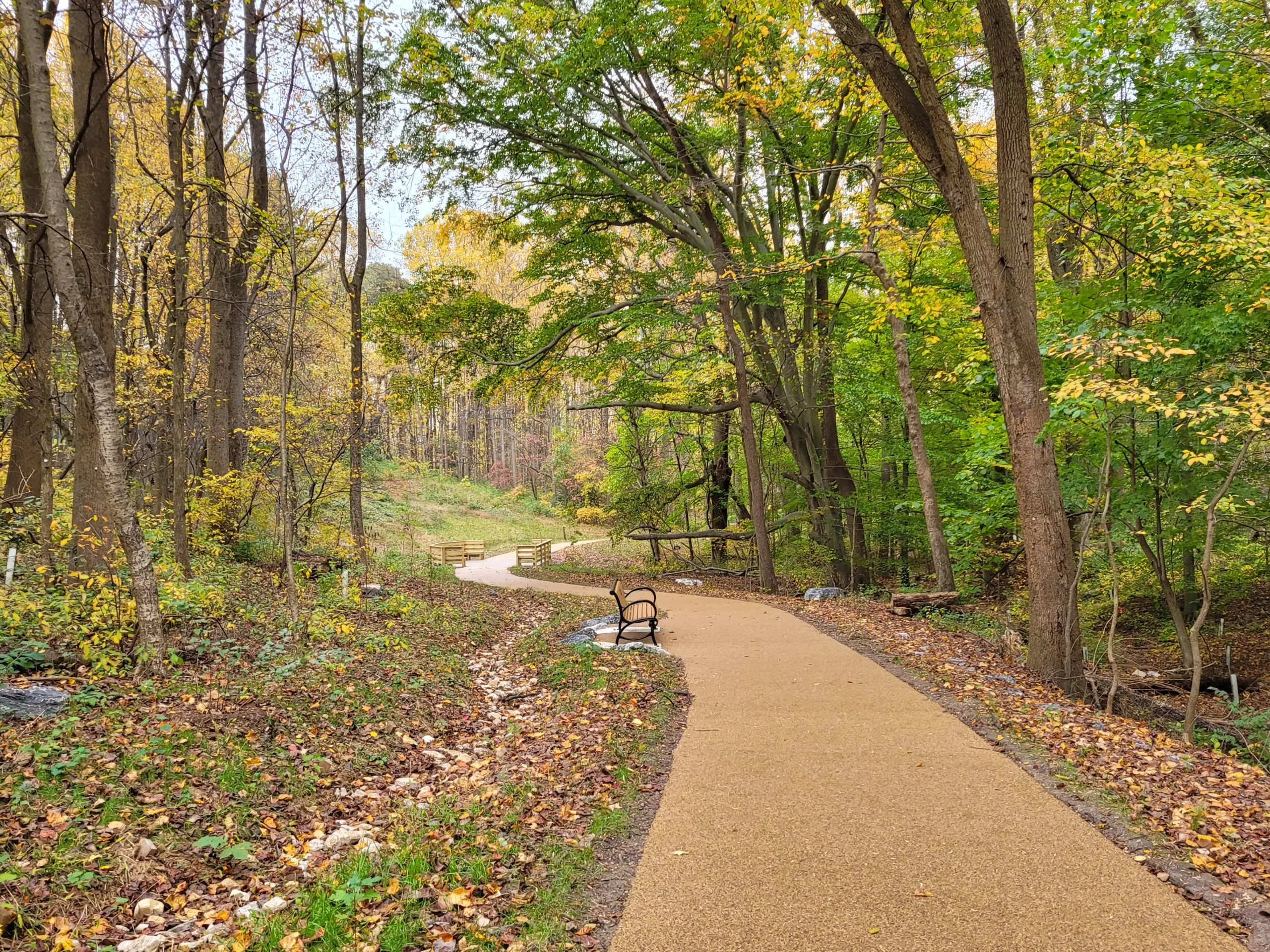One in four people in the United States lives with disabilities.1 Of these individuals, 28 million visit national parks each year.2 Unfortunately, these park visits often come with struggle. From the lack of handicap parking at trail heads to elitist attitudes about what counts as being “outdoorsy,” outdoor spaces are too often unwelcoming to people with disabilities. However, this has not stopped people with disabilities from getting outdoors. Organizations like Disabled Hikers and Birdability work to combat barriers to entry for people with disabilities outdoors. Although disability access may look different and require more infrastructure, people with disabilities have the right to enjoy outdoor access. The able-bodied view of nature tends to be binary, separating the world of humans from the natural world. However, this view restricts what able-bodied people allow to happen in these natural spaces. By deconstructing what defines a natural space, able-bodied people can expand their view of what outdoor access looks like to be more inclusive and welcoming to people of all ability levels.
What counts as wilderness is not determined by the absence of people, but by the relationship between people and place.
—Jack Turner, philosopher 3
What Counts as Natural Space?

“Wild” spaces were created during early colonization. Many religious groups that settled the Americas were often at war with nature. Diseases, predators, and rough weather lead Europeans to associate the natural world, or “wild,” that existed beyond their settlement as dangerous. This narrative was extended to indigenous peoples, as their harmony with the environment was seen as unnatural, deeming the tribes as “savages.” 3 This narrative continued during the establishment of US National Parks. Though the movement was a conservation success, it is argued that it furthered the divide between people and the environment. Indigenous peoples were removed from the land to truly make the landscape “wild.” 4 What came to define a space as truly being “natural” was the absence of humans and human-related infrastructure.3
The separation between humans and nature still exists today, as many people travel to national parks and other natural areas to escape urban spaces. Many able-bodied people speak of the benefits of trading out sidewalks for dirt trails and seeing nature’s beauty in far off waterfall. However, these restorative elements do not provide the same experience for everyone. Syren Nagkyrie (they/them) speaks of their struggle as a disabled person, telling the story of their exhausting struggle to reach a waterfall in the Olympic National. This experience ultimately led to them to create Disabled Hikers, an organization that aims to fill the gap in accessibility information in parks across the United States. Nagkyrie’s has created many disabled-centric hiking guides, and their work helped bring disability access to the attention of the National Parks system. However, despite these great successes, Nagkyrie has faced accusations on social media of wanting to destroy these natural spaces by paving over “natural” trails.5
Barriers for people with disabilities are not always physical. Birdability coordinator Freya McGregor (she/her) loves birding but she speaks about encountering elitist attitudes from able-bodied birders. Competitive community members have denigrated some people to being merely “birdwatchers” rather than true birders. For example, some birders with disabilities prefer to bird from their car. However, completive birders claim that this mode of observation is not enough to earn the title of “birder.” Birding movies like A Birder’s Guide to Everything make comments about how blind people cannot bird since they are only able to hear the birds rather than see them.6 Assumptions like these led to the creation of the Birdability movement, which aims to welcome more people with disabilities into the birdwatching community.
Even when disabled people try to access the outdoors, they are still seen as the “other” unable to truly experience nature because of their disability. The extra accommodations that some people with disabilities would require such as paved trails or parking pull-off areas can be seen as harmful to what able-bodied people consider nature. Outdoor elitists claim that less rugged engagement with the outdoors does not constitute engagement in their community. That binary mindset holds that people are not considered a part of the natural world. As a result of that mindset, any accommodation or alteration that helps a disabled person in access the natural world is inherently unnatural.
After all, there is no wrong way to enjoy birds, and as we say at Birdability, birding is for everybody and every body!
-Freya McGregor, Birdability Coordinator 6
Every Body Can Experience the Outdoors

There is no right way or wrong way to experience nature. It is important that all outdoor enthusiasts learn to appreciate that fact. Programs like Birdability and the Disabled Hikers fight for the inclusion of disability infrastructure. They also work to redefine what it means to be “outdoorsy.” In order to welcome people of all abilities into the outdoors, the gap between the human world and the natural world needs to be closed. People are part of the environment. Subsequently, people should be able to bring along infrastructure. It is important that we learn to not associate this infrastructure with negativity or to deem it detrimental to the natural world. Instead, we must learn to see it as an extension that allows people of varying abilities to access nature.
For example, not all disabled people need a paved trail to access the outdoors. Many disabled hikers simply advocate for making available more information about the quality of the trail so that they can make their own informed decisions. 8 Even if some people do need pavement access to the outdoors, it is not necessarily a bad thing. Many new permeable pavement technologies, like the one we have here at Woodend Nature Sanctuary, help lessen the environmental impact of trail development. When completed thoughtfully, the needed development to provide access can be done in cooperation with natural processes. Though the presence of a paved trail may not seem like the most “natural” aspect, it provides a way for more people to engage with the outdoors.
The construction of Woodend’s new accessible playground, the Nature Play Space, was completed this month. This area provides a way for children of all abilities to engage in nature-centric play. Woodend is also now officially recognized as an accessible birding site on Birdability’s site map. In an interview with USA Today, Nagkyrie states, “Just recognize that everyone has their own way of experiencing the outdoors, and no way is better than any other. There is no like peak experience. Whatever your experience is, it is valid and not to judge people for that.”9 With these new enhancements, Woodend Nature Sanctuary is inviting people of all ability levels to come and experience the natural world.
Sources
- The National Ability Center. (n.d.). 4 reasons why accessible recreation practices should be a priority. Why Accessible Recreation Practices Should be a Priority | America Outdoors. https://www.americaoutdoors.org/accessible-recreation-practices/
- Hubbart, S. (2021, July 6). Increasing accessibility makes the outdoors open for all. The National Environmental Education Foundation (NEEF). https://www.neefusa.org/story/public-lands-engagement/increasing-accessibility-makes-outdoors-open-all
- The MIT Press Reader. (2021, April 20). The myth of a wilderness without humans. https://thereader.mitpress.mit.edu/the-myth-of-a-wilderness-without-humans/
- Treuer, D. (2021, September 2). Return the national parks to the tribes. The Atlantic. https://www.theatlantic.com/magazine/archive/2021/05/return-the-national-parks-to-the-tribes/618395/
- Houten, A. V. (2022, May 12). How disabled hikers created an adventure playbook for all. Outside Online. https://www.outsideonline.com/culture/love-humor/disabled-hikers-syren-nagakyrie/
- McGregor, F. (2023, February 21). It’s time to redefine “birding.” Audubon. https://www.audubon.org/news/its-time-redefine-birding
- Holman, V. (2020, December 23). Inside the concept of “birdability.” Sierra Club. https://www.sierraclub.org/sierra/inside-concept-birdability?fbclid=IwAR1mvg_hBksnTRTS272i9MWKXmKeM9p5FETlqbEenzR05CDHz3AT0XJbpnM
- Braverman, B. (2022, February 1). Getting outdoors when you’re disabled. Outside Online. https://www.outsideonline.com/outdoor-adventure/exploration-survival/getting-outside-disabled/
- Chen, E. (2022a, September 12). HOW ONE disabled hiker is clearing a path for others: “I didn’t see people who look like me.” USA Today. https://www.usatoday.com/story/travel/2022/09/01/new-book-aims-make-hiking-more-accessible-all-bodies/7864847001/

